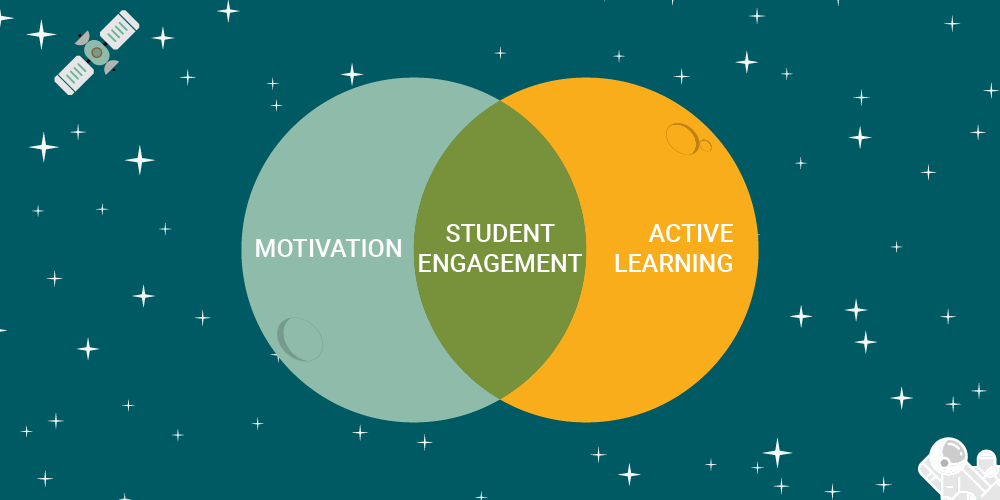In this assignment, I will choose my assignment 4 – How to create multimedia learning objects and artifacts to update and improve. Through these weeks, I realized that my previous borgs still have a lot of room for improvement, for example, I need to use more multimedia teaching theory in them, and I need to add more elements in them, such as infographics , screencast videos, editing videos, podcasts, interactive games, Google Earth stories, etc.

First of all, we need to know some design ideas and principles before we start our instructional design. Accroding to Kurt’s (2015) report, The instructional design principle has 6 parts:
- In instructional design. Learners are the most important.
- Instructional design must have a clear goal
- Instructional design need to show in the real world
- Instructional design have to have a reliable and valid way to measure results
- Instructional design is empirical
- Instructional design usually requires a team effort and teamwork

I think some active learning and gamified learning ideas can be added to our multimedia instructional design, as active learning techniques tend to lead to higher grades and long-term recall of skills and facts, and gamified learning allows for motivation and can make learning more engaging. At this point we can achieve this by doing the following (Oregon State University, 2019)
- Teaching allows students uncover new ideas or insights
- Opportunities for students to practice and test concepts with similar people
- Break lectures into small, granular topics and intersperse with questions or problem-solving activities based on real-world applications
- Consider “flipping” the classroom by asking students to read or watch lecture videos or ppt before in-person class sessions
- Incorporate game based elements: It is important to balance game. Customize the level of challenge. Focus on open environment. Give specific formative feedback. Let students understand how the game supports learning goals. ( University of Toronto, 2021)
In our design of multimedia teaching, we also need to pay attention to inclusiveness, because there are many students who will have special needs in learning. We need to use differentiated instruction(DI). DI is a very flexible teaching method that can be used with a variety of students. Differentiated instruction is accomplished based on 6 areas. High Quality Curriculum; Ongoing Assessment; Respectful Tasks; Building Community; Flexible Grouping; and Instruction.

After understanding the design principles, it is time to use the PowerPoint to present. But showing a good PowerPoint presentation also requires attention to the following points. Accroding to David’s presentation, A good PowerPoint is as concise as possible, with one idea on a page, no more than six objects, and using illustrative images and as little text as possible, It is better not to read the PowerPoint, but to let the audience read it. Make sure the most important things on the slide are the most prominent.
- With one idea on a page
- Using illustrative images and as little text as possible
- It is better not to read the PowerPoint, but to let the audience read it
- Make sure the most important things on the slide are the most prominent.
- No more than 6 objects per slide
Reference
Kurt, S. “Instructional Design Models and Theories,” in Educational Technology, December 9, 2015. Retrieved from https://educationaltechnology.net/instructional-design-models-and-theories/
Oregon State University. (2019) Active Learning: What Does the Research Show. https://blogs.oregonstate.edu/inspire/2019/03/01/active-learning-what-does-the-research-show/
Game Based Learning. (2021, May) University of Toronto. https://guides.library.utoronto.ca/c.php?g=448614&p=3507705
Stansberry, S. (n.d.). Differentiated Learning with Educational Technology. In Applications of Educational Technology. Oklahoma State University Libraries. Retrieved March 13, 2021, from https://open.library.okstate.edu/applicationsofeducationaltechnology/chapter/chapter-2-differentiated-learning-with-educational-technology/
Recent Comments